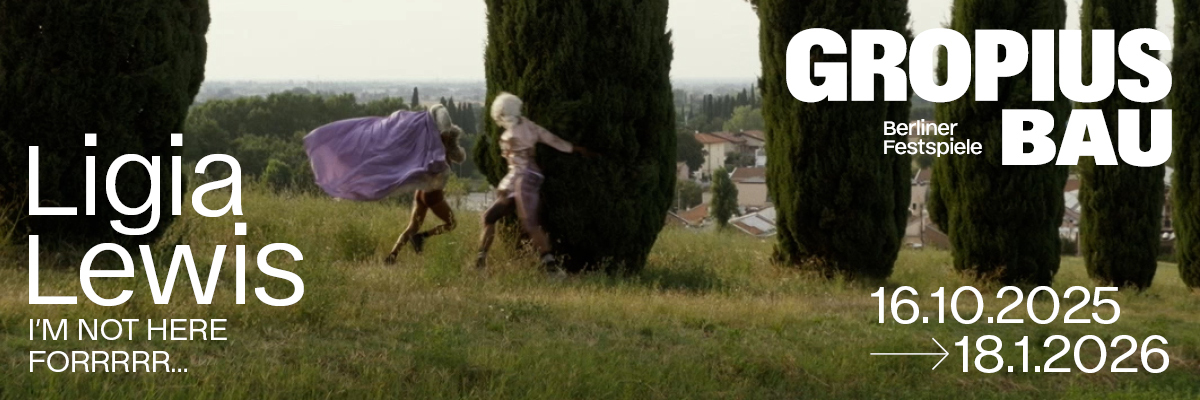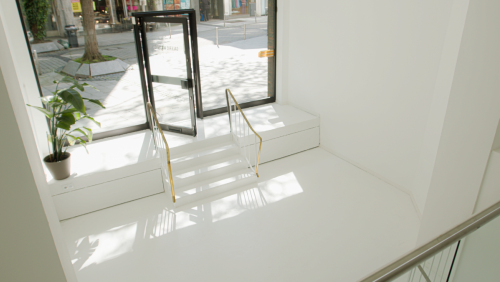
Groupshow
Out of town
Project Info
- 💙 Devevyatnadtsat' gallery
- 💚 Devyatnadtsat'
- 🖤 Groupshow
- 💜 Sergey Guskov @guskovice
- 💛 Devyatnadtsat' gallery
Share on
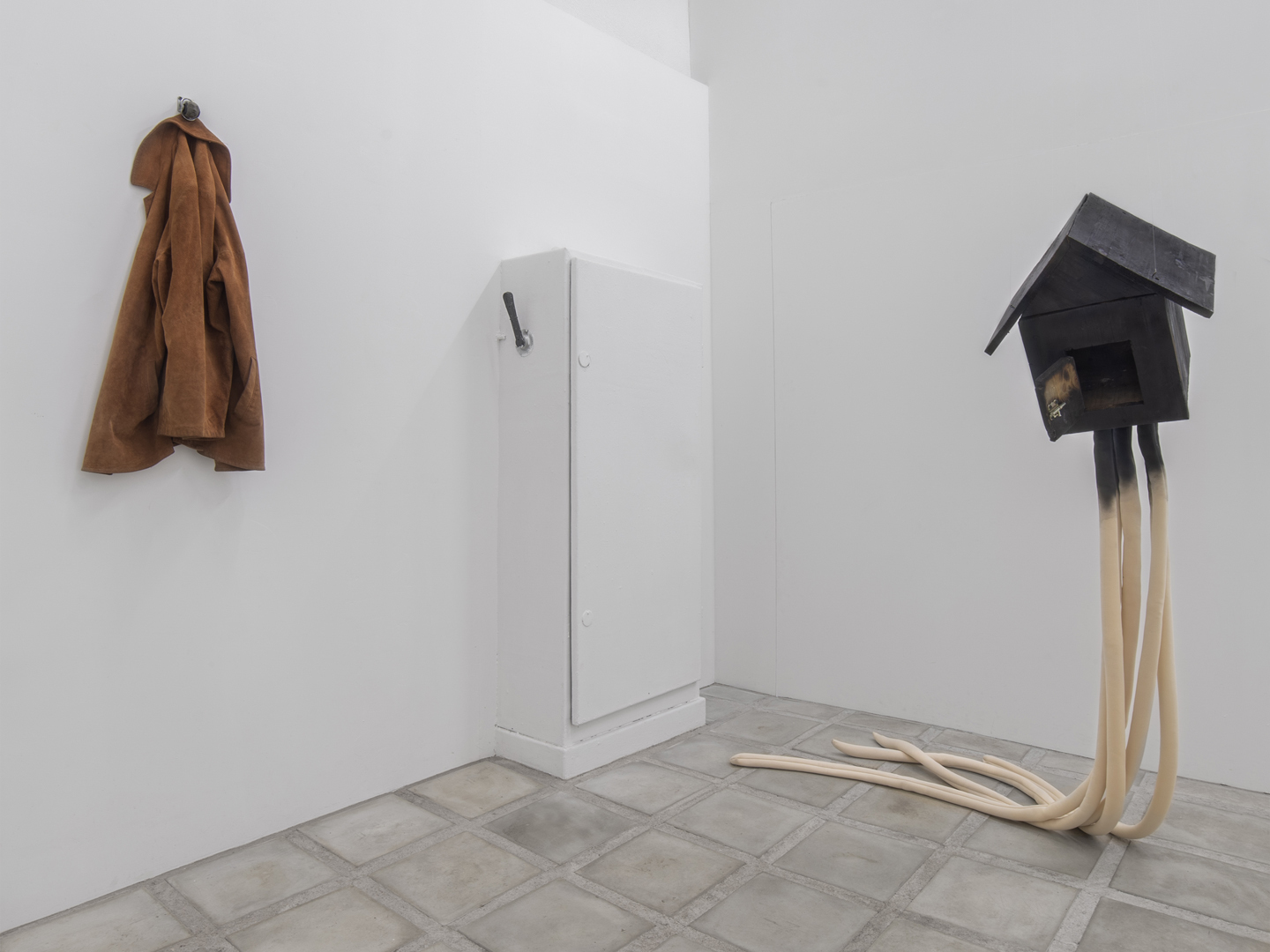
Exhibition view
Advertisement
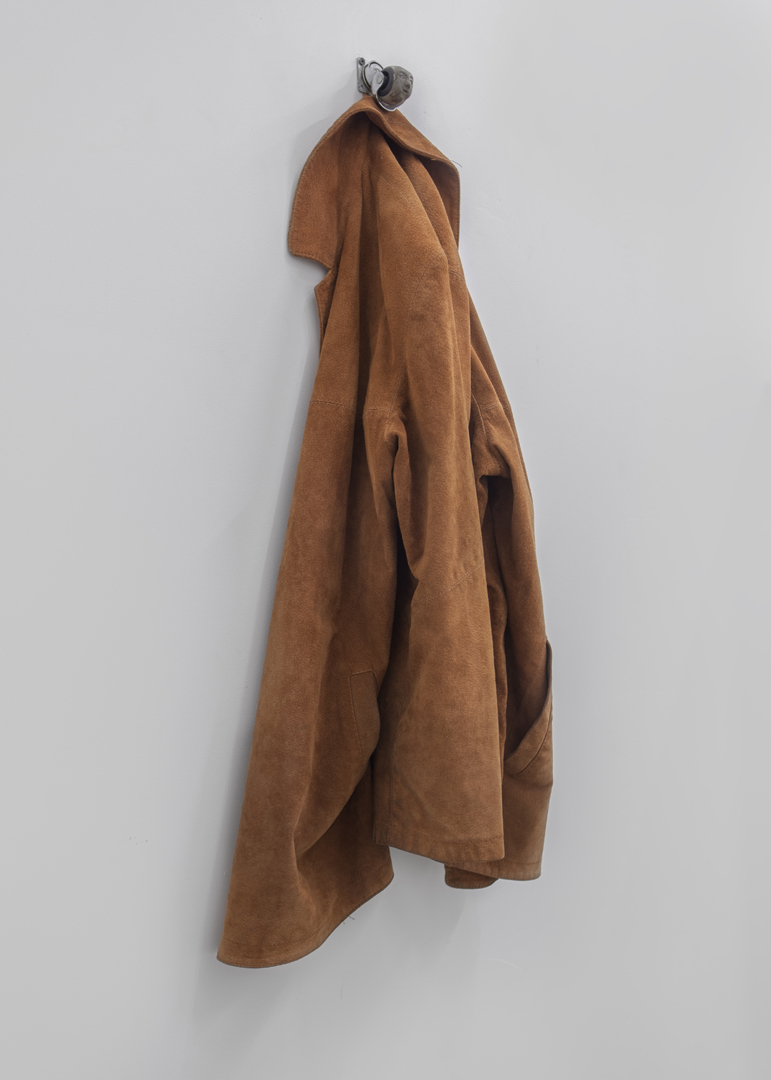
Anna Taganceva–Kobzeva, ‘Moda’ company’s coat, 2023, Leather, metal, epoxy plasticine, dimensions vary.
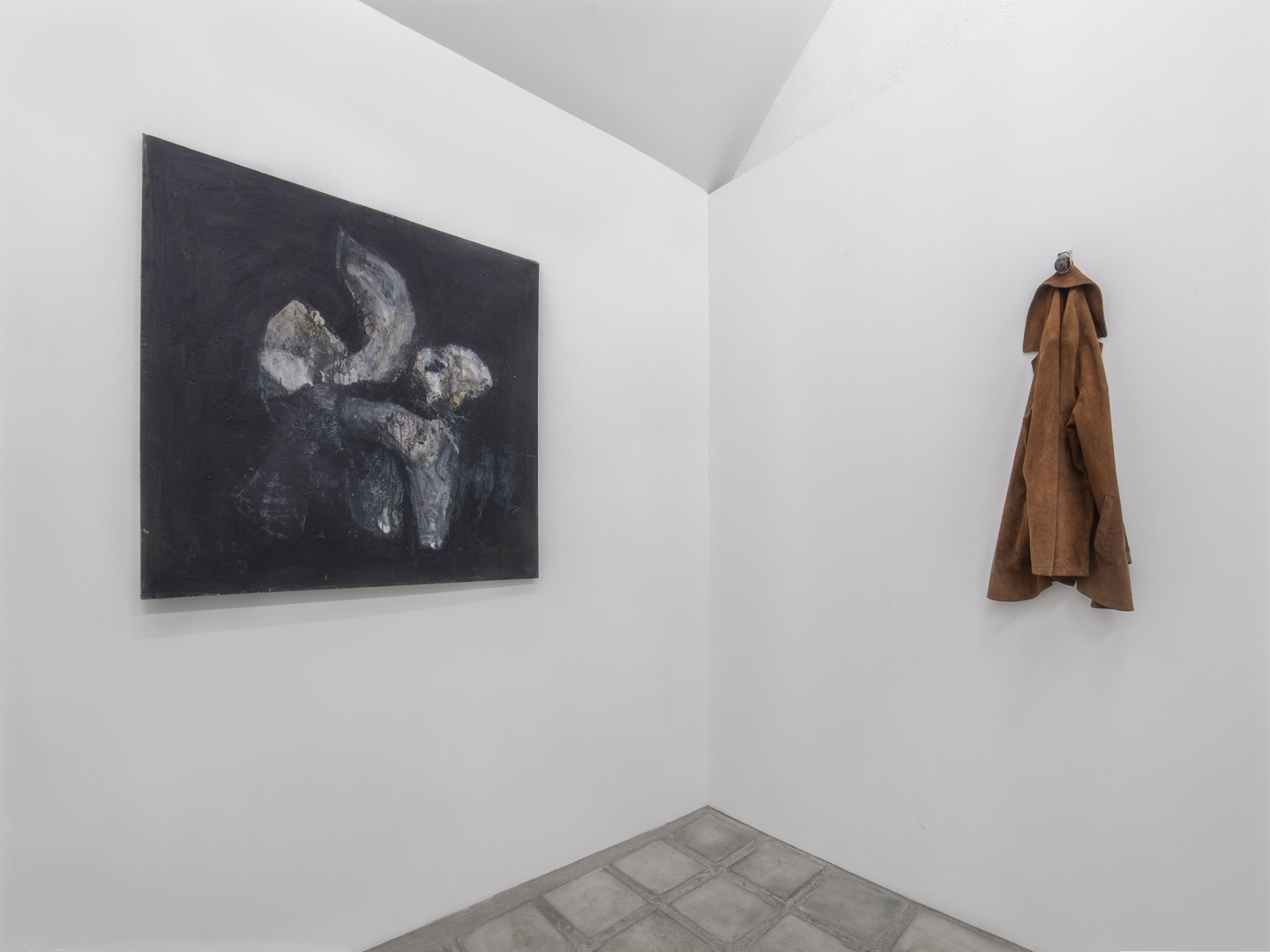
Exhibition view
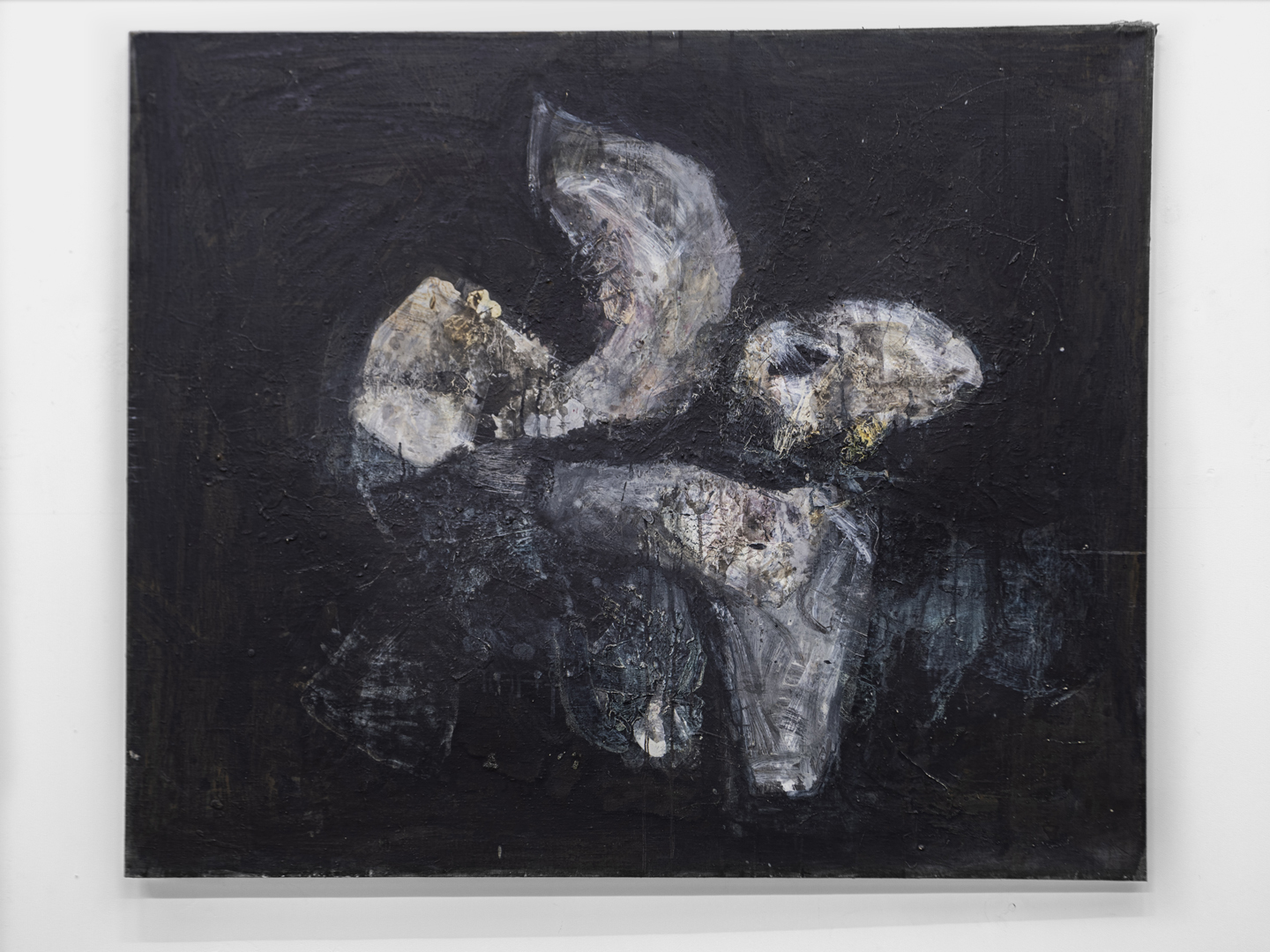
Svetlana Baskova, ‘Untitled’, 1992, Oil on canvas, 120 x 100

Evgenia Bolukh, The Phoenix, 2023, Wood, fabric, 45х29х32х175 сm.
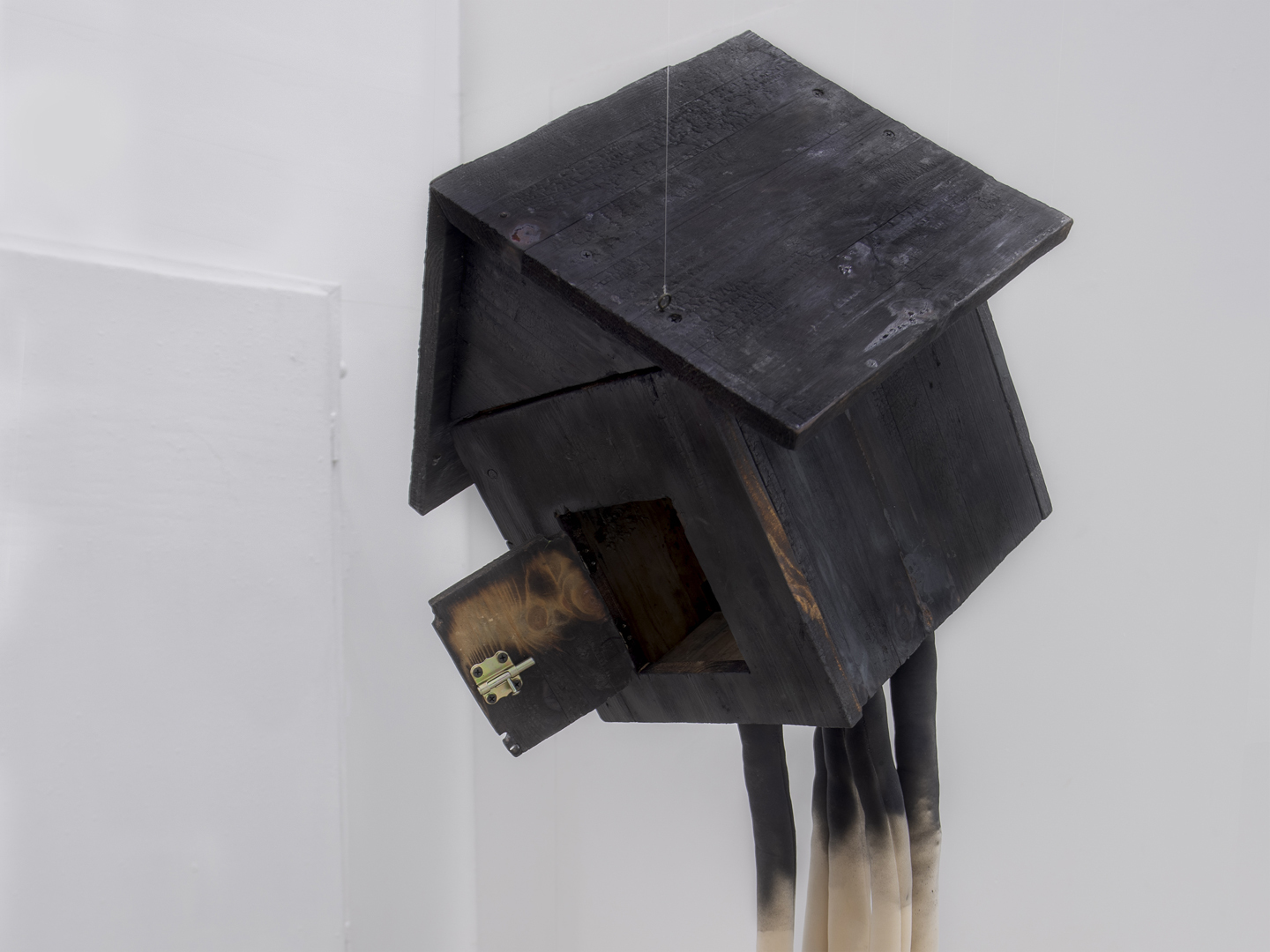
Evgenia Bolukh, The Phoenix, 2023, Wood, fabric, 45х29х32х175 сm, (Details).
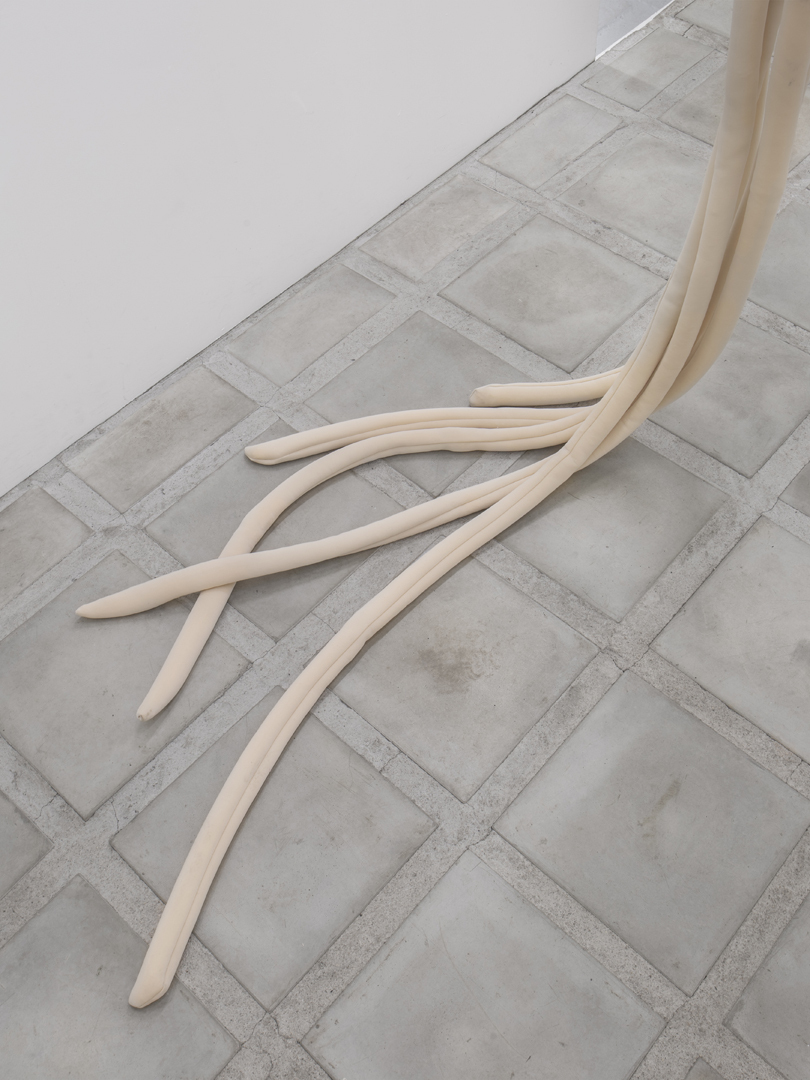
Evgenia Bolukh, The Phoenix, 2023, Wood, fabric, 45х29х32х175 сm, (Details).
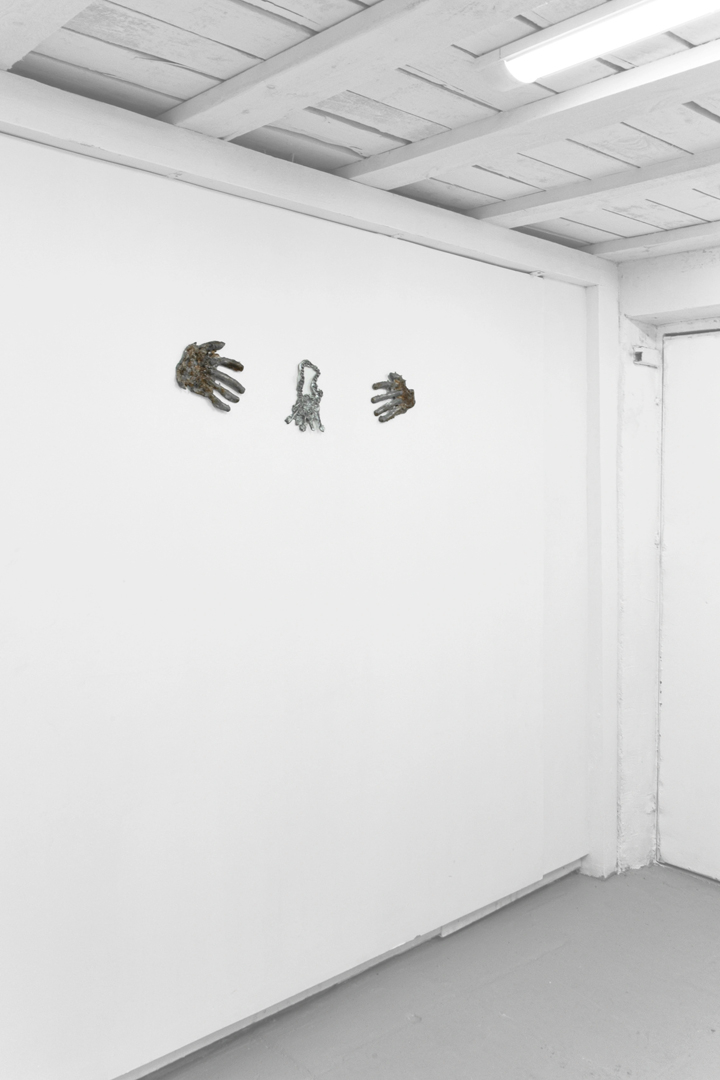
Ivan Venmer, Part of work 'Investor (Every evening I died and every morning I was born again. Resurrected), version ||, 2022 – 2023, lead, glue, titanium, 38 x 25 x 2 cm
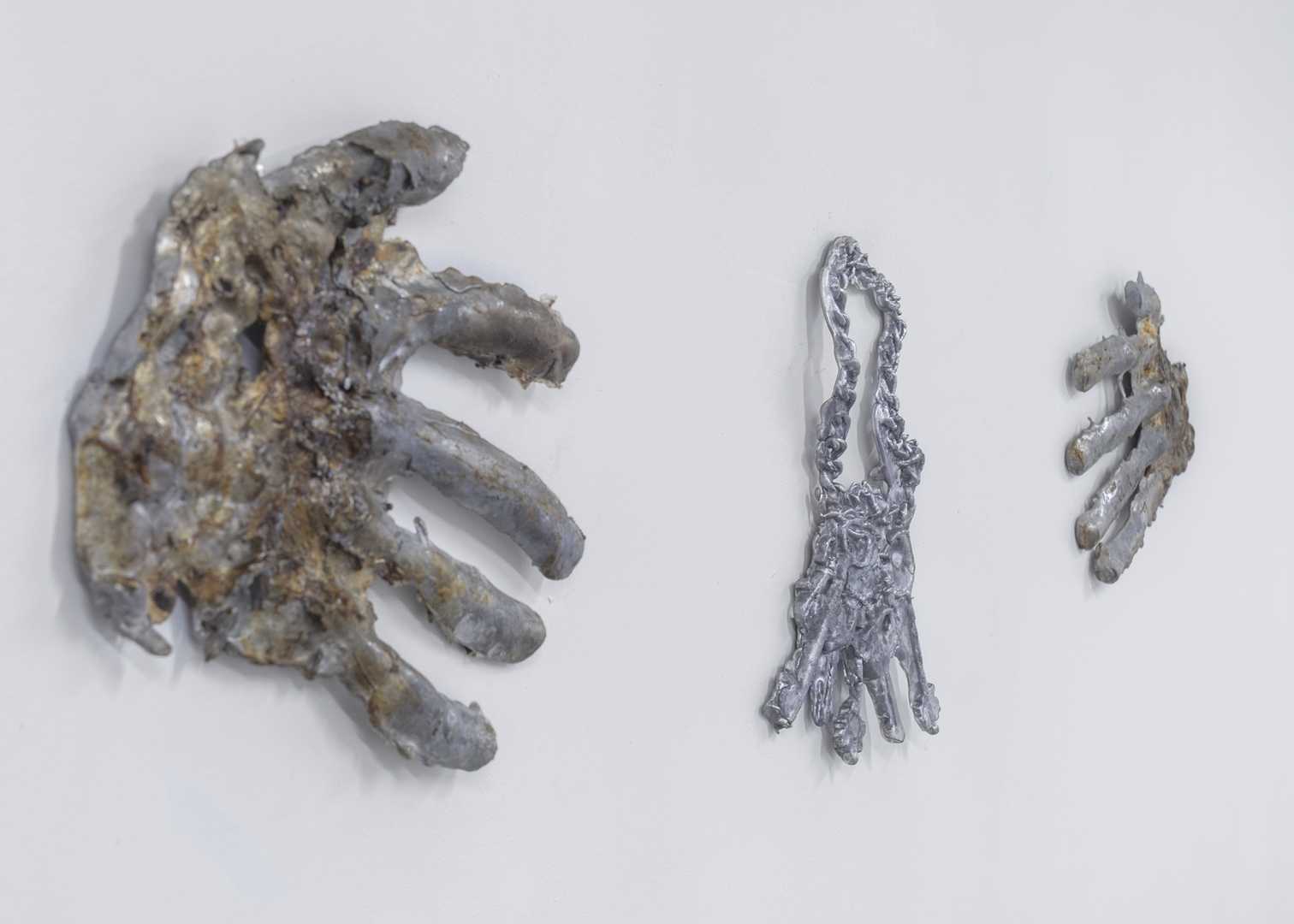
Ivan Venmer, Part of work 'Investor (Every evening I died and every morning I was born again. Resurrected), version ||, 2022 – 2023, lead, glue, titanium, 38 x 25 x 2 cm, (Details)

Ivan Venmer, Part of work 'Investor (Every evening I died and every morning I was born again. Resurrected), version ||, 2022 – 2023, lead, glue, titanium, 38 x 25 x 2 cm, (Details)
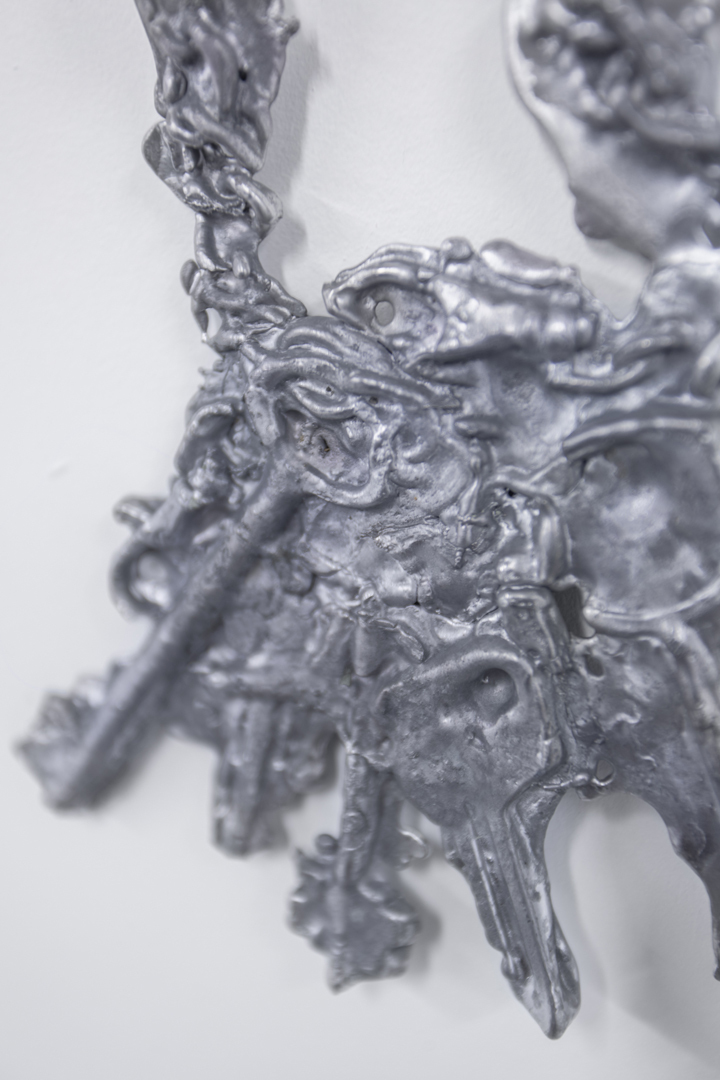
Ivan Venmer, Part of work 'Investor (Every evening I died and every morning I was born again. Resurrected), version ||, 2022 – 2023, lead, glue, titanium, 38 x 25 x 2 cm, (Details)
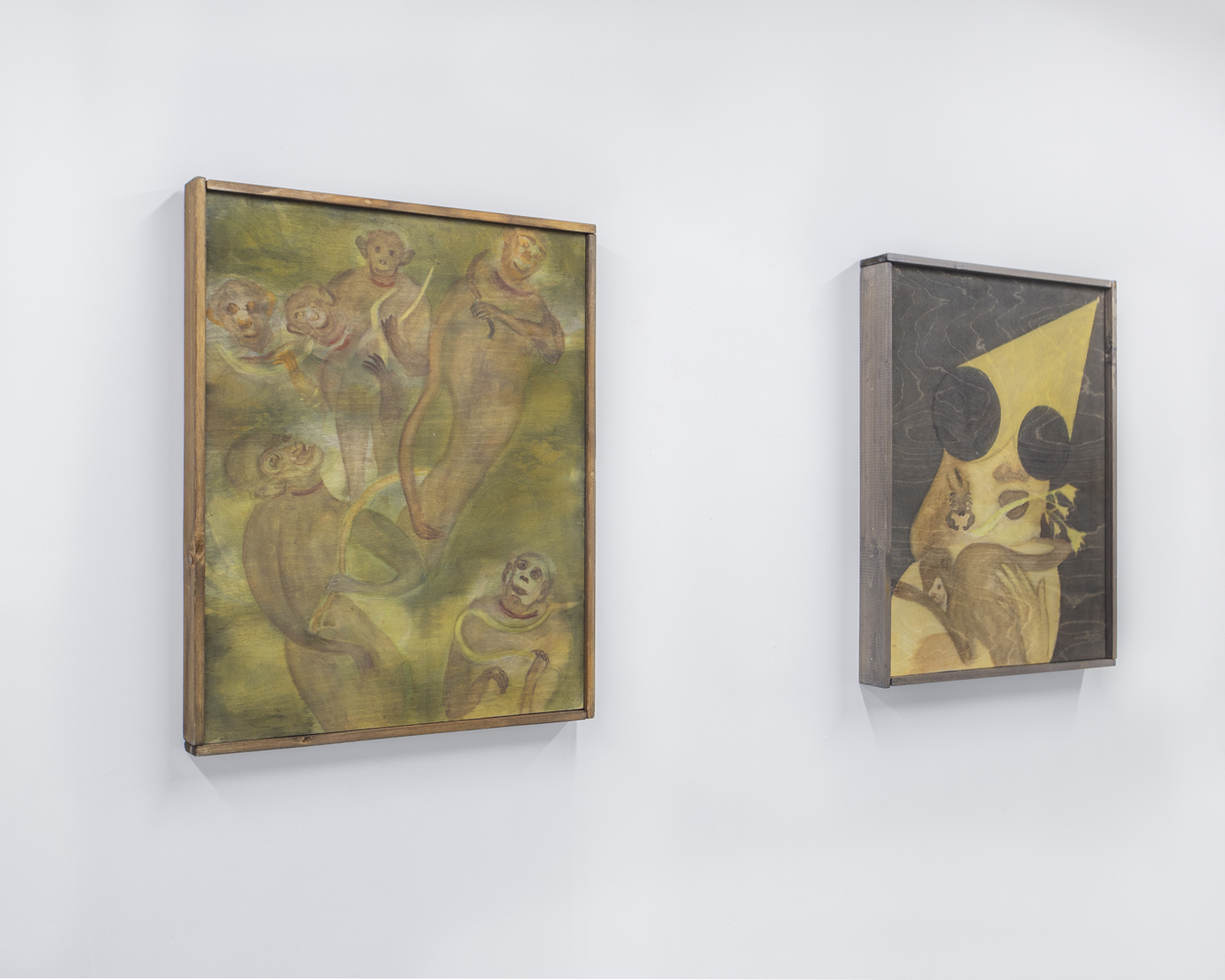
Exhibition view

Victoria Begalskaya & Alexandr Vilkin, The lighthouse, 2022, wood, tempera, watercolor, 50 x 40 cm
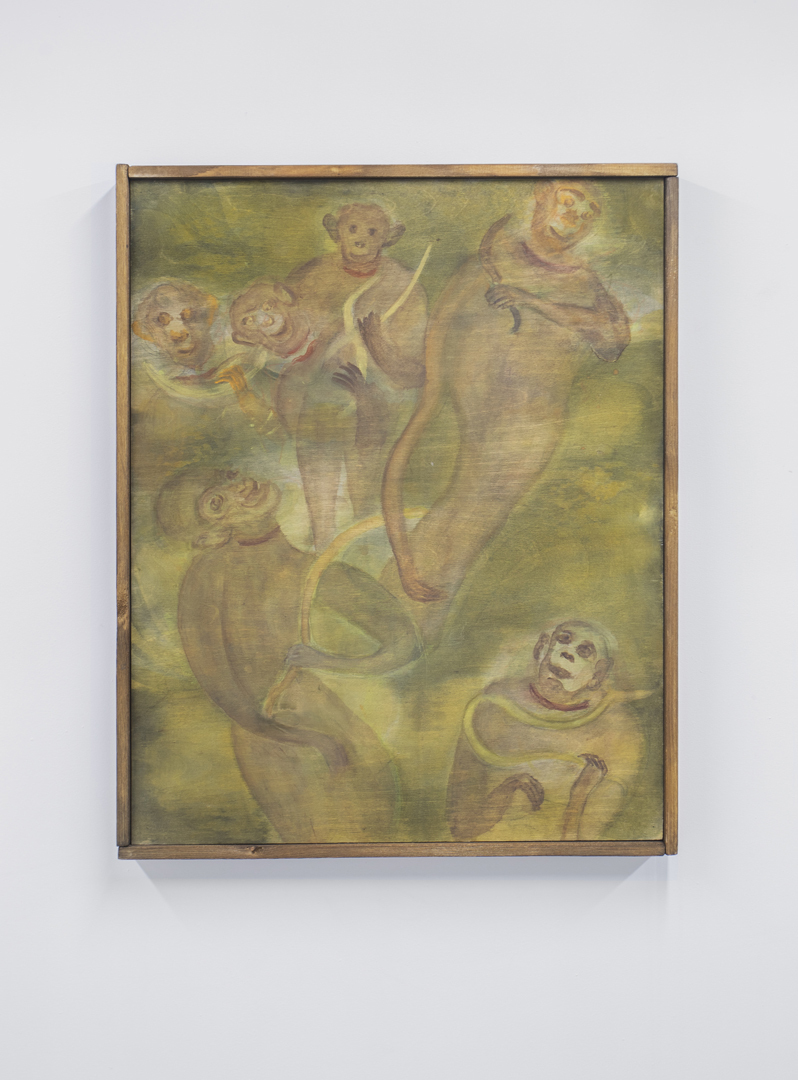
Victoria Begalskaya & Alexandr Vilkin, Samurai warriors, 2022, Wood, tempera, watercolor, 50 x 40 cm.
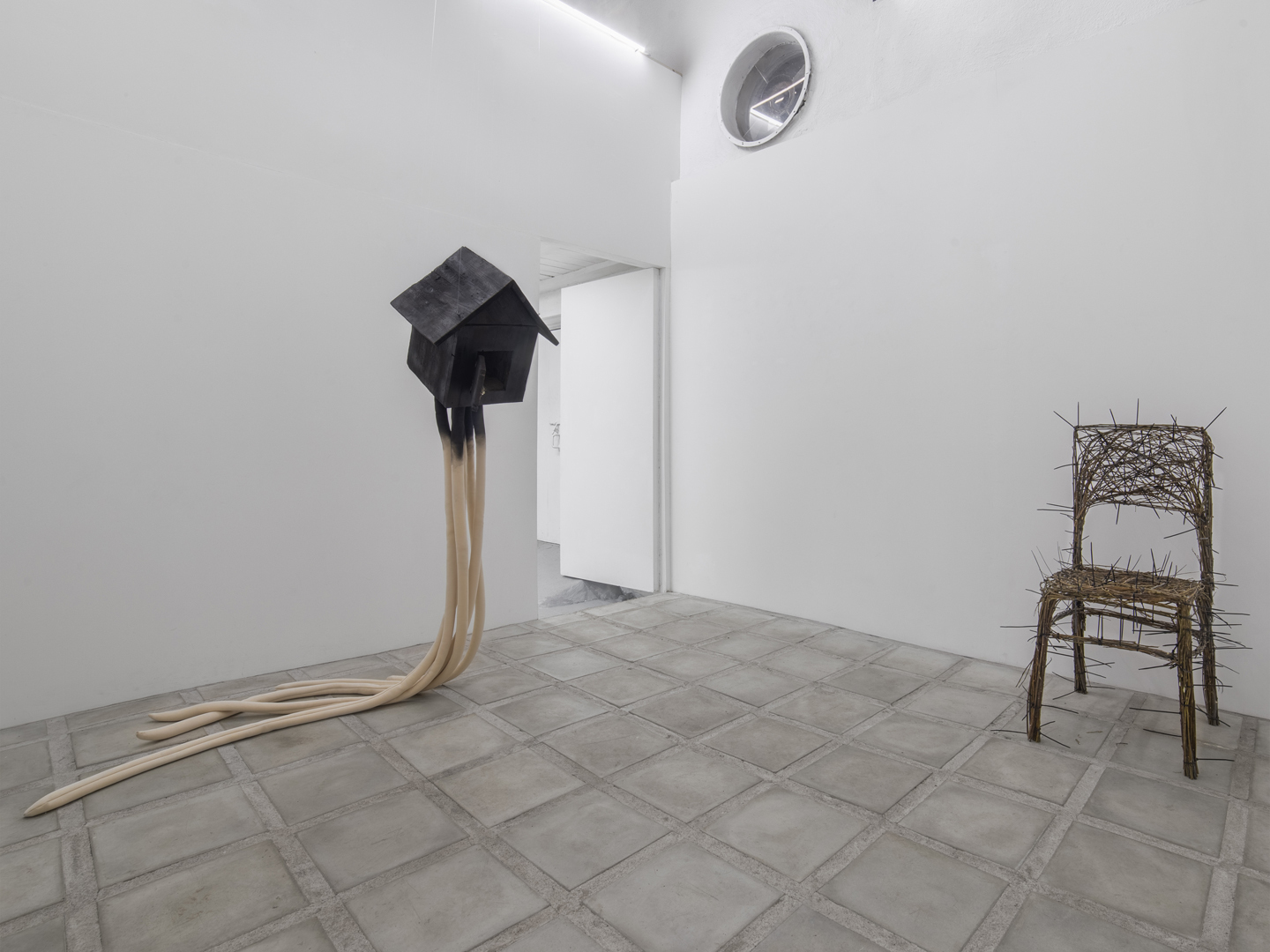
Exhibition view
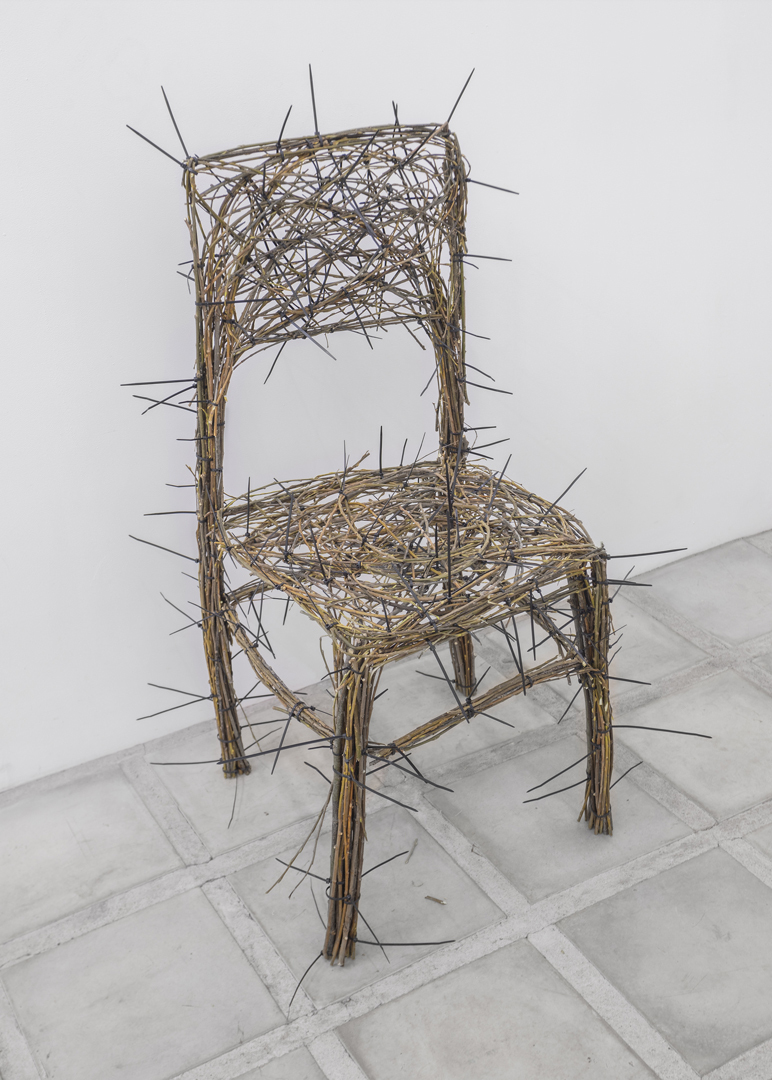
Evgeny Berezin & Ekaterina Serikova, Untitled, 2023, branches, plastic clamps, 45 х 45 х 85 cm.
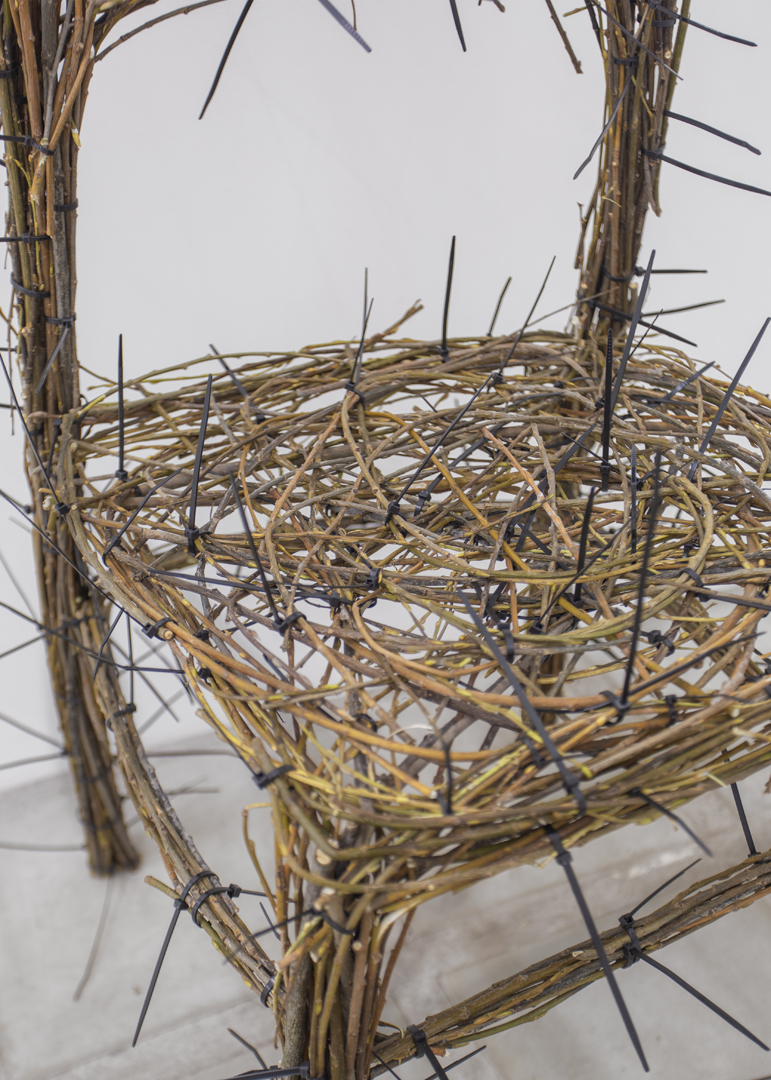
Evgeny Berezin & Ekaterina Serikova, Untitled, 2023, branches, plastic clamps, 45 х 45 х 85 cm. (Details)
The dwelling grows out of a corner where the unfortunate animal can huddle, hide from predators and the weather. In Gaston Bachelard's classic book The Poetics of Space (1958), it is called "the germ of a room, the germ of a house"—just a couple or three converging surfaces. Undoubtedly, since those prehistoric times, the human dwelling has evolved greatly, acquired unprecedented forms and astonishing variety. However, the original protective function of the house was invariably preserved. After all, external threats did not diminish with the strengthening of human civilization, but on the contrary, increased. In addition to wolves and sabre-toothed tigers, colds and storms, there were developed and smart people who knew how to sophisticatedly humiliate, rob, and murder. Now the dwelling was gradually transformed into a fortress. Then demons and gods were invented, a vast host of marvellous beings, many of whom people learned to stop by properly constructed houses as well as the objects and rituals by which these houses were protected from supernatural threat. Some of the magical entities were tamed, like dogs and cats—and became protectors of the dwelling. Finally, inside his room a man wanted to see only his own cultural world, a micro-universe of perceptions, desires, and interests, and he was not going to let in other people's similar universes. All these shells girdle the living space, defining its current appearance.
However, it was not fear alone that influenced the transformation of the home. The emergence of the concept of "interior" suggests a slightly different vector of thought. To furnish one's corner, to make it cosy—this idea is not alien even to such distant animals as insects. If for existence in the middle of the boundless wild space, we need a box in which it is safe and warm, why not put a chair, a table, a bed, decorate it with stucco and a flower in a pot, hang paintings? The development of spatial thought directed at the interior surfaces of the dwelling has sometimes proceeded in a rather unpredictable way, but has invariably had the opposite effect on the individual. Not so much being as literally lifestyle began to determine consciousness. To the extent that the object world had by now learnt to control man. Art, as a prominent part of cultural life, revolted against interiority, or submitted to its logic. It could not ignore the world of the dwelling, because the inner world of a person is the same corner that has been organised since childhood, where the mind or soul—as you like to call it—crams itself into a hole, and then brings down there valuable, useful, beautiful, dear to the heart. However, even traditional exhibition spaces have sprouted from houses, grown out of them. Museums have taken over former aristocratic residences; art centres, like loft dwellings, have eaten up industrial facilities; galleries look like flats where artworks live instead of people.
The interior built by another person is a riddle, a closed, unreadable cipher. Any attempts to determine what lies behind it, what thoughts actually led to its creation, lead nowhere, except to further confusion. Even if people themselves report on the principles underlying the organisation of their homes, you are likely to encounter the "unreliable narrator" effect, and it is imprudent to trust them. But then, that's exactly how today's art exists. In a global sense, it is understandable because it is equal to itself: the technique chosen by the author, the materials it is made of, and the forms it has taken. But beyond that, no matter how much of a message you see in it, no matter what associations and considerations it brings to mind, it is all just a fog that dissipates when you take your eyes off it. You are locked inside the house, even if you have the keys to the front door and know all the codes. The furnishings are silent, but their silence is louder than a hundred voices. No matter what angle you look at the corner where a man, who is still basically the same miserable animal suffering from the vicissitudes of fate, is crammed into, you will see nothing but the convergence of surfaces. The most primitive, but therefore exactly the breakthrough technology, which determined the character of human habitation for millennia, has remained equal to itself. It tells you nothing, but it gives you a lot.
Sergey Guskov @guskovice
